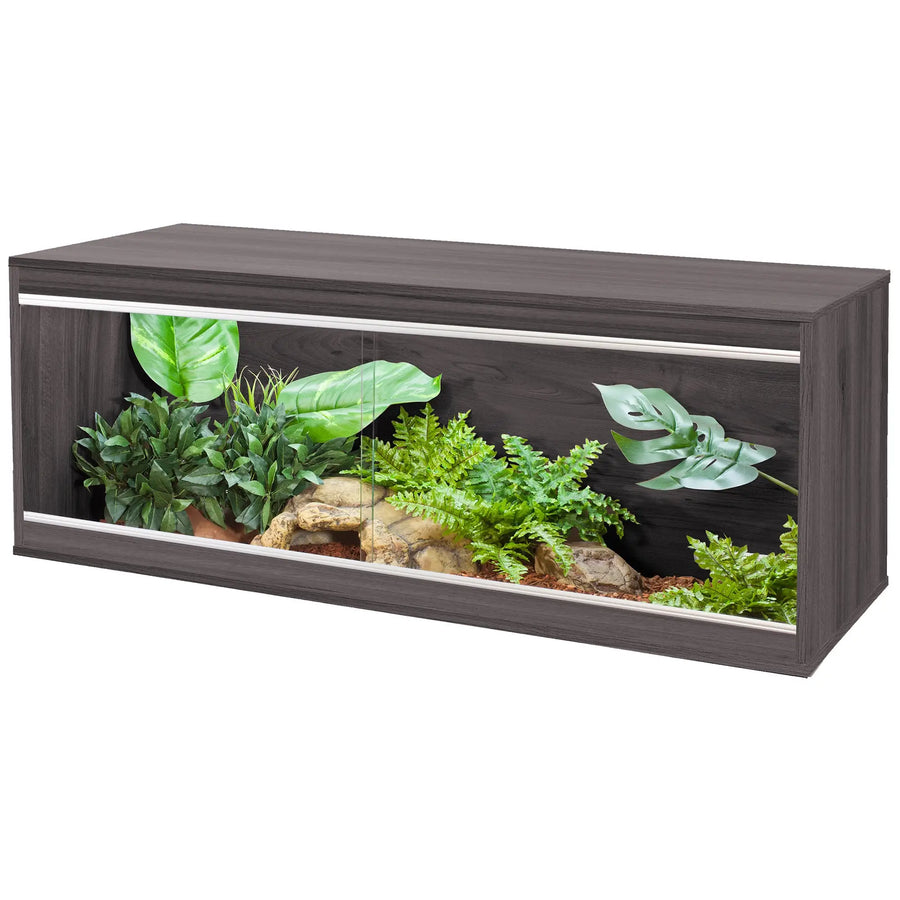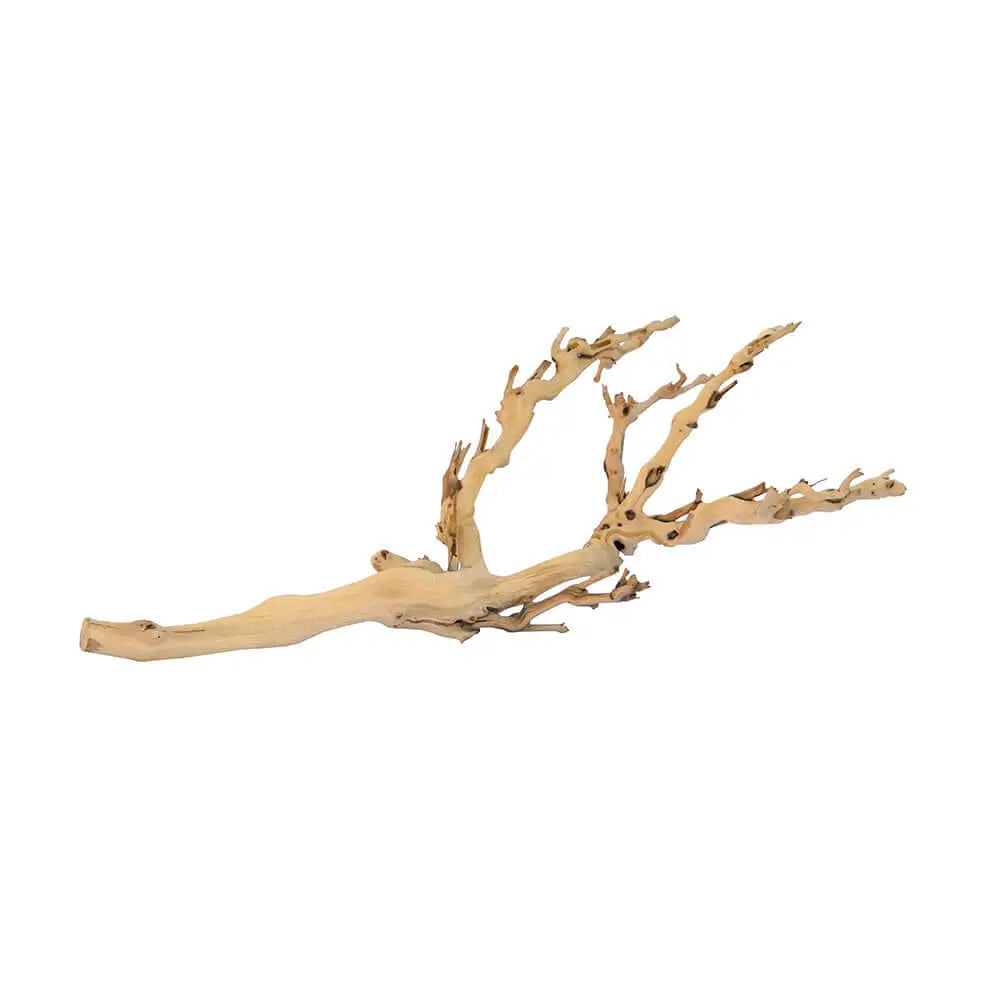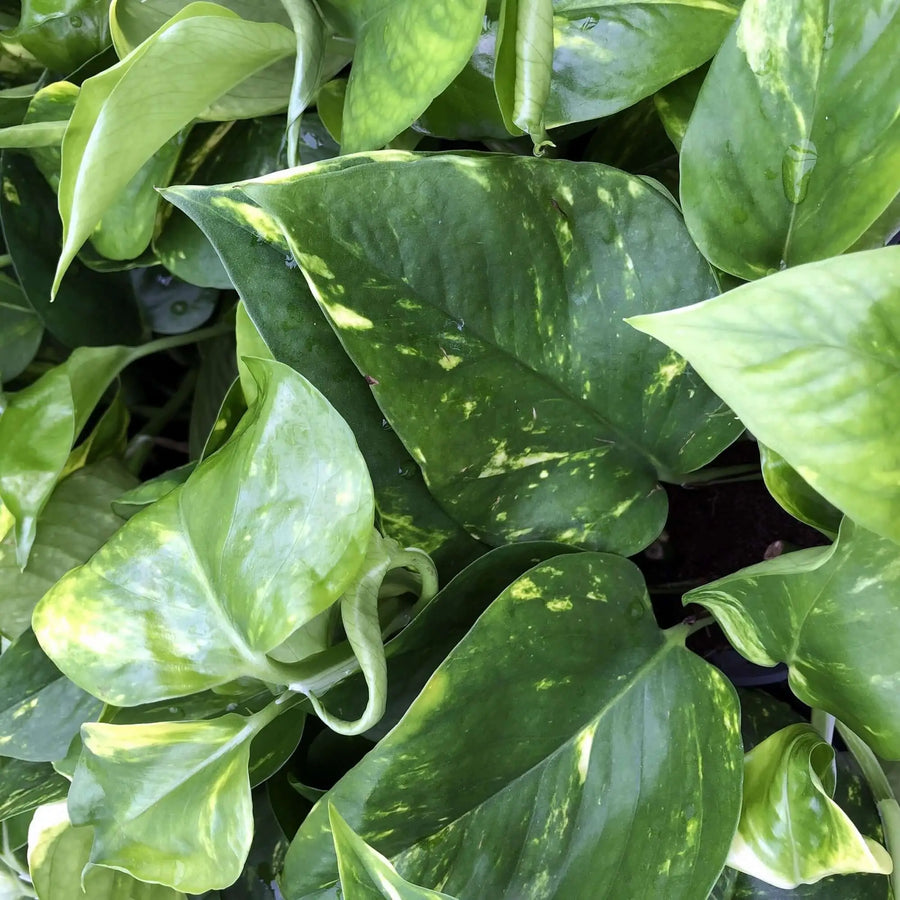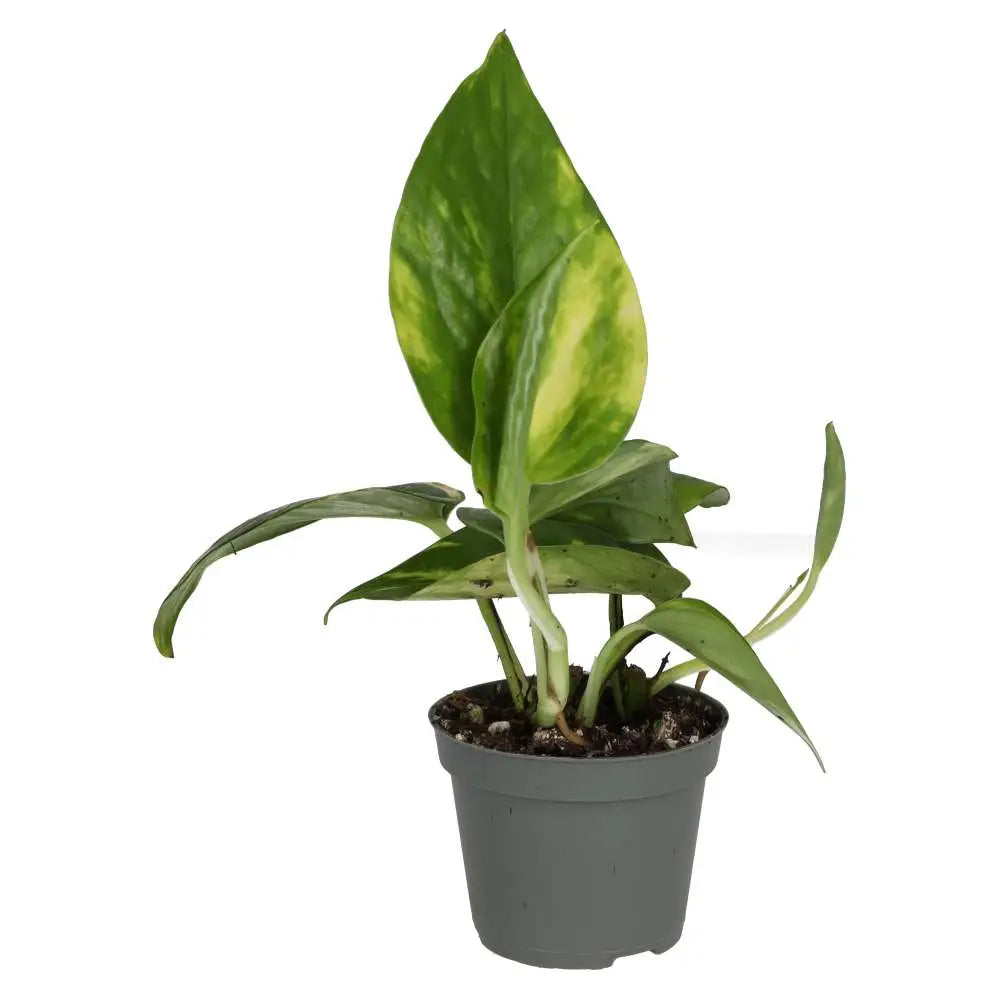
How to Prepare for Reptile Eggs
by Luke Tansley on in Guides
Egg-laying season is always a fun and busy time, and providing our animals with what they need to breed successfully is both important and easy. Here are a few of the things we do when we are breeding our animals here at Northampton Reptile Centre.
Providing a Lay Box
Snakes
For the majority of snakes, a simple humid hide filled with damp sphagnum moss located at the cool end of the enclosure will provide an adequate egg-laying area. Lay boxes should be big enough for the snake to fit into comfortably and enclosed enough for them to feel secluded.
Geckos
For most geckos, we will provide lay boxes in the same way we do for our snakes. However, for some arboreal species of gecko, it can be a good idea to provide multiple laying areas as they can be a little pickier about where they drop their eggs and giving them more than one area to lay in may help encourage them not to lay directly into the enclosure’s substrate.
Chameleons, Bearded Dragons and Other lizards
Some lizards will want to dig down and bury their eggs. We provide them with a taller lay box that can hold about six to eight inches of soil-based substrates, such as ProRep Spider Life or something similar. For more arid species we will use ProRep Bio Life Desert Substrate to make a sand and soil mix that we will keep slightly damp. Vines, branches and hanging plants will be used to provide cover and access.
Keeping an Eye on Your Animal
In the days and weeks leading up to an animal laying eggs, you may see some changes in its behaviour. Snakes may go off their food and spend more time in the heated side of their enclosure before moving to the lay box. Typically they will have a pre-lay shed a month or so before laying, but this will vary depending on the species.
With chameleons and other lizards, the shape of the eggs may become noticeable in the lower abdomen prior to laying. Around this time they may be seen digging in various parts of the enclosure. We will then guide them into the lay box to help give them the right idea.
Collecting Eggs
Generally, once eggs have been laid you have about twenty-four hours to get them properly incubated, so it is important to check lay boxes daily. We will check through the substrate of the lay boxes each morning, being careful not to damage any eggs that may be in there. If any are found they will immediately be transferred into an incubation container, prepared with HatchRite or vermiculite.
It is important to move the eggs delicately, without turning or damaging them, while trying to get any excess substrate off of them where possible. Sometimes, groups of eggs may be stuck together, especially with snakes. When this happens, they should be moved together as a group, as separating may lead to damaging them.


















